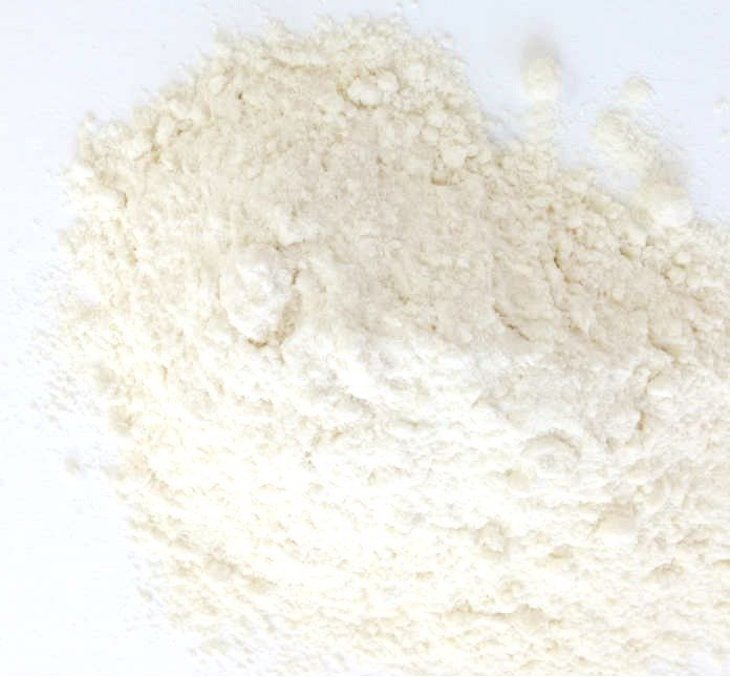With the newest identified outbreak on the FDA CORE Outbreak Investigation Table a Salmonella Infantis outbreak linked to flour, the question arises: What is the history of outbreaks linked to flour?

Because flour is dry and seems so inert, many people assume that it could not harbor pathogens. But flour is a raw agricultural product, and can be contaminated in the field by birds and animals, during harvest, during transportation, and during processing. Many pathogens can survive with very little water. And no “kill step,” that is, heating the grain to a temperature high enough to destroys pathogens, is used when flour is processed.
That’s why food safety experts warn consumers to be careful handling flour, and to avoid eating raw cookie dough and cake batter made with untreated flour. While you can buy heat-treated flour, a Purdue researcher says that home treated flour may not be safe.
History of food poisoning outbreaks linked to flour
The current Salmonella Infantis outbreak linked to raw flour has sickened at least 12 people in 11 states. A specific brand of flour has not been identified, but most patients told investigators that they ate raw cookie dough or batter the week before they got sick.
In 2021, an E. coli outbreak linked to cake mix sickened at least 16 people in 12 states. A common brand of cake mix was not identified.
In 2019, an E. coli O26 outbreak was linked to flour produced by ADM Milling. the brands included were Pillsbury bread flour, Aldi Baker’s Corner, and King Arthur flour. The outbreak sickened at least 21 people in nine states and hospitalized three.
In 2018, a possible Salmonella Agbeni outbreak was associated with Duncan Hines cake mixes. At least seven people in five states were sickened. Officials in Oregon found Salmonella Agbeni in an unopened box of Duncan Hines Classic White Cake mix, but the CDC stated, “There was not enough epidemiologic and traceback information available to determine if ill people in this outbreak were linked to contaminated cake mix produced by Duncan Hines.”
In 2016, an E. coli outbreak linked to recalled General Mills Gold Medal flour sickened at least 63 people in 24 states. Seventeen people were hospitalized. And one person developed hemolytic uremic syndrome (HUS), a type of kidney failure. Many different products were recalled, including brownie and cake mixes, bread mixes, muffin mixes, and pancake and biscuit mixes.
In 2015, an E. coli outbreak was linked to food served at Pizza Ranch restaurants and sickened at least 13 people in nine states. Two children were hospitalized with HUS. Dough used to make desserts was the suspected source of the outbreak. A CDC report issued in 2016 stated that dessert pizzas may have been made with thicker dough that was undercooked in some areas. Flour used to make the dough was implicated in the outbreak.
It’s good to keep abreast of recalls and outbreak notices about flour and dry mixes. Meanwhile, you can protect yourself and your family by following tips to handling flour safely.

If you have been sickened with a food poisoning infection, please contact our experienced attorneys for help with a possible lawsuit at 1-888-377-8900 or text us at 612-261-0856. Our firm represents clients in lawsuits against grocery stores, restaurants, and food processors.




